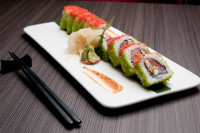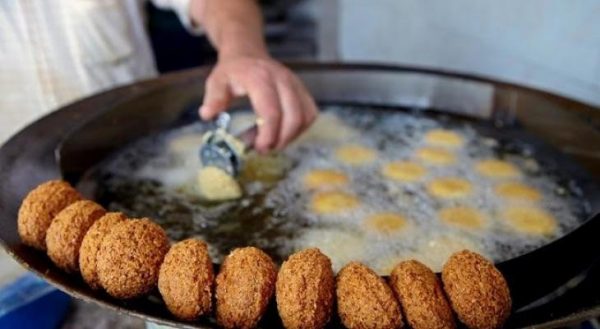Food & Drinks
Pappardelle al cinghiale – a recipe from Claudio Del Principe
Vivamost is very proud to share a recipe from Italian book author, Claudio Del Principe. Claudio recently published his 5th book. This one, called A MANO, is all about pastas. We chose for you a dish, perfect for the season, the pappardelle al cinghiale.
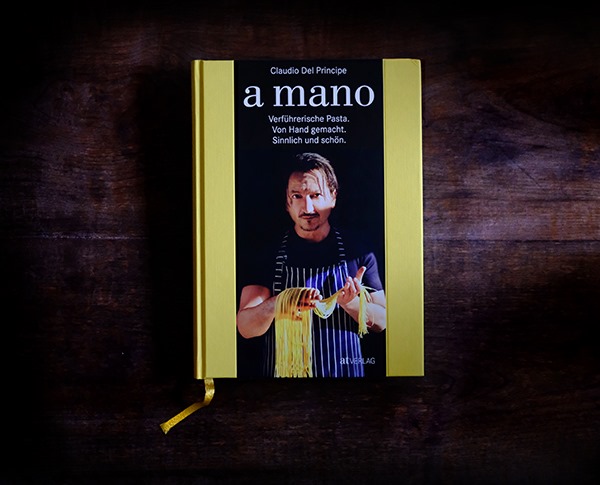
A MANO atVerlag ©Claudio Del Principe
Pappardelle al cinghiale
Pappardelle are 12-14 mm wide tagliatelle, which are mainly served in Tuscany, Umbria and in the Marche region typically with a strong wild boar ragù as pappardelle al cinghiale.
For the pappardelle
400g Italian soft wheat flour tipo 00 (alternatively white flour)
4 fresh eggs
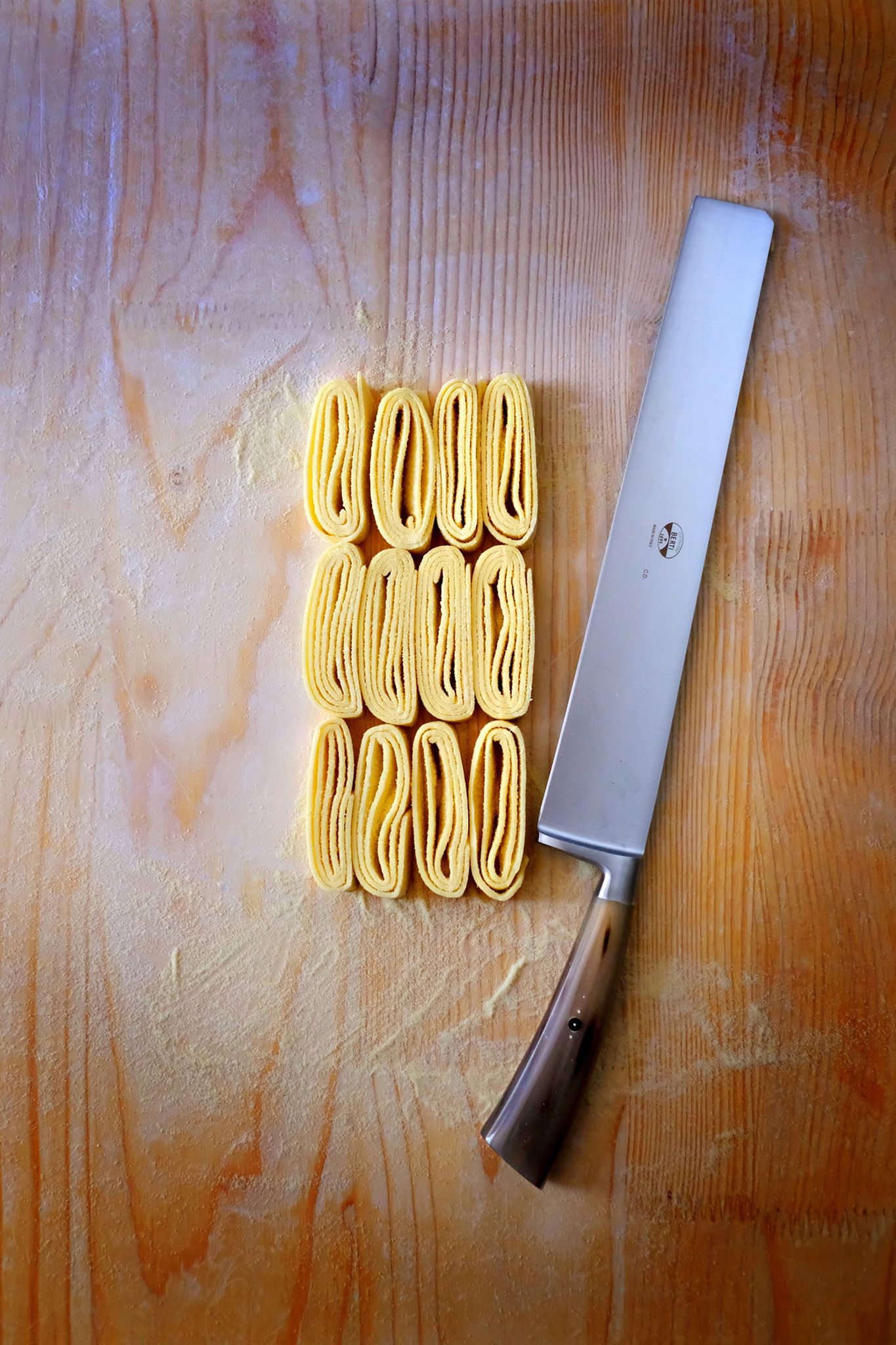
©Claudio Del Principe
Preparation dough
Sift the flour and pile on the work surface. Dip your hand into the flour and form a wide crater. Beat the eggs and place in the flour.
First whisk the eggs slowly with a fork, then speed them up, gradually adding the flour from the edge until a loose dough is formed. Streak hard dough pieces with the fork and continue working with your hands. Work the dough with the palm of your hand for at least 10 minutes by folding the edges to the middle, pressing flat with the heel of your hand and folding again. Wipe off excess flour and dry dough pieces.
Form a thick roll out of the dough, place it vertically in front of you and roll it up from the top with the palm of your hand. Repeat several times, then form the dough into a compact ball. The surface should be smooth and waxy, the dough will feel elastic like playing dough.
Cover the dough (under an upside down dough dish, wrapped in foil or under a damp kitchen towel) for 30 minutes. You can also keep it wrapped in foil in the refrigerator for up to 48 hours.
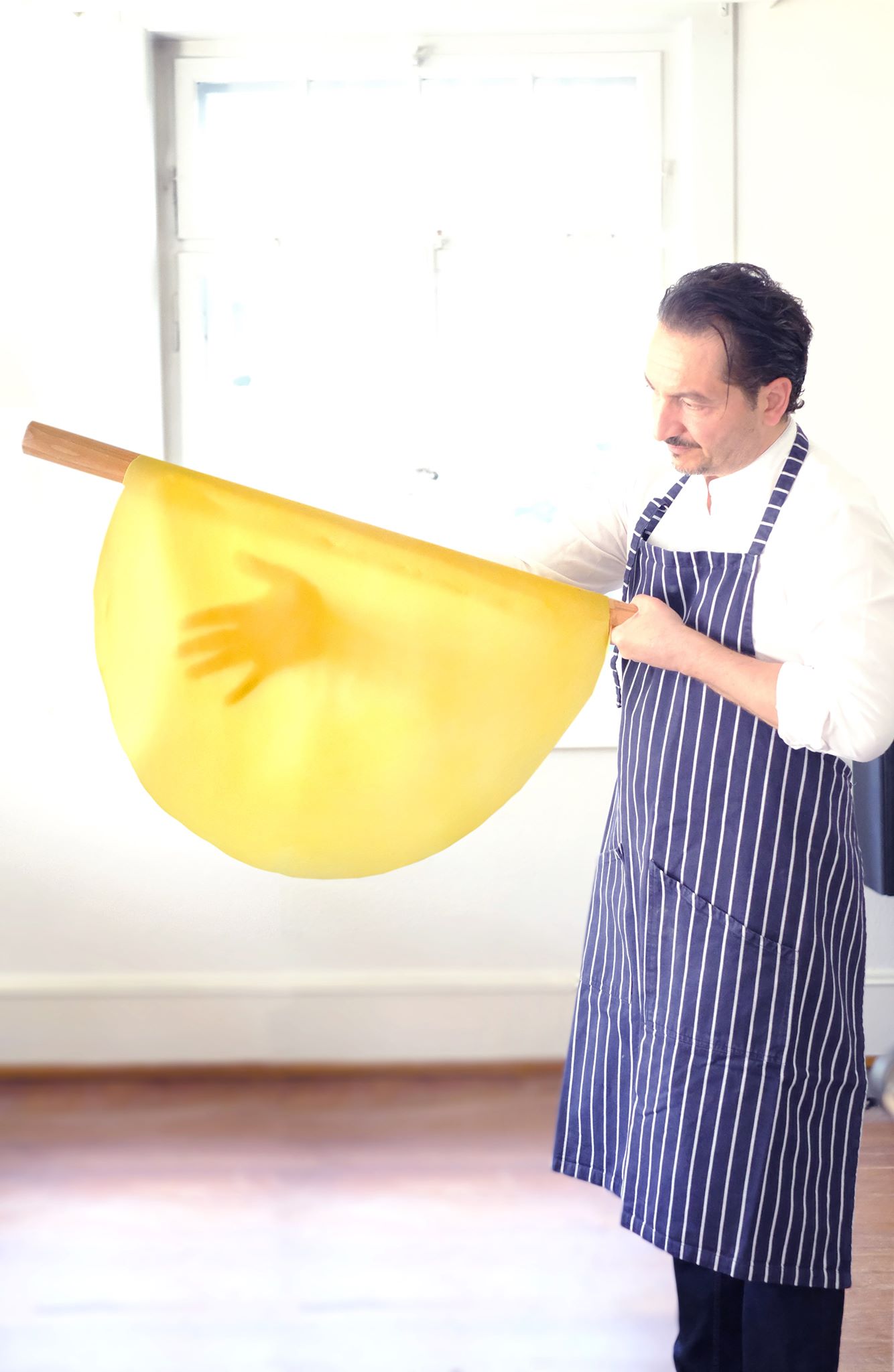
Claudio Del Principe is preparing the dough for the pappardelle ©Claudio Del Principe
Roll out the dough with the mattarello about 1 mm thin. Roll up the rolled-out dough onto the mattarello and cut it lengthwise with a knife so that the dough falls to the left and right of the mattarello and produce several equally wide lanes. Sprinkle enough flour over these sheets well and leave to dry for about 10 minutes.
Roll the sheets about 7 cm wide from the short side and then cut 12-14 mm wide pasta with the pasta knife. I prefer a length of 25-30 cm, so you can wind it up well with the fork; but they are often cut shorter, so around 20 cm.
Shake out the pappardelle, flour, shape to a nest and boil immediately or leave to dry for 48 hours and preserve.
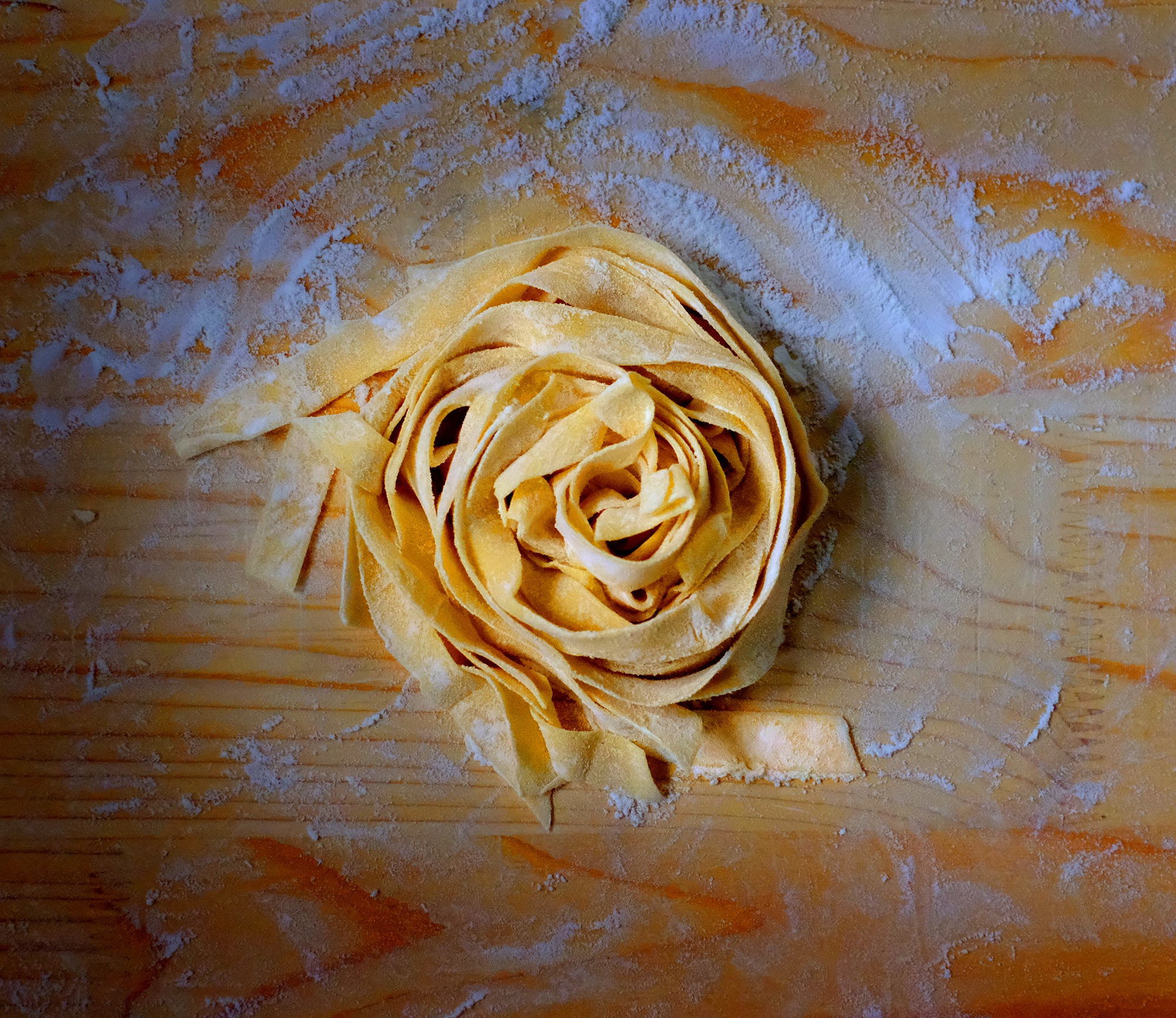
Pappardelle ©Claudio Del Principe
Sughi
Classic with a ragù of wild boar or wild hares. Of course, other sauces with meat or salsiccia are good for this or a thick tomato sauce. Pappardelle are also often served with porcini mushrooms, which are only briefly fried in butter and flavored with garlic, parsley, thyme and a dash of white wine.
Wildschweinragù
The trick is the tomato paste. A wild boar ragù must be thick and concentrated so that it can nestle nicely around the pappardelle. With fresh or passed tomatoes, the ragù would become too soft, or lento, as the Italians say, because the consistency would be too watery. Following this recipe, it will be hearty and intense.
Ingredients
500 g of freshly made pappardelle
800 g wild boar leg, 3 × 3 cm diced small
1 carrot, 3 × 3 cm diced small
1 piece of celery, cubed 3 × 3 cm
1 onion, halved
1 clove
2 juniper berries
1 sprig of rosemary
1 bay leaf
500ml of red wine (eg Sangiovese)
2 tablespoons tomato paste
dried peperoncino
Extra virgin olive oil
fine sea salt, black pepper from the mill
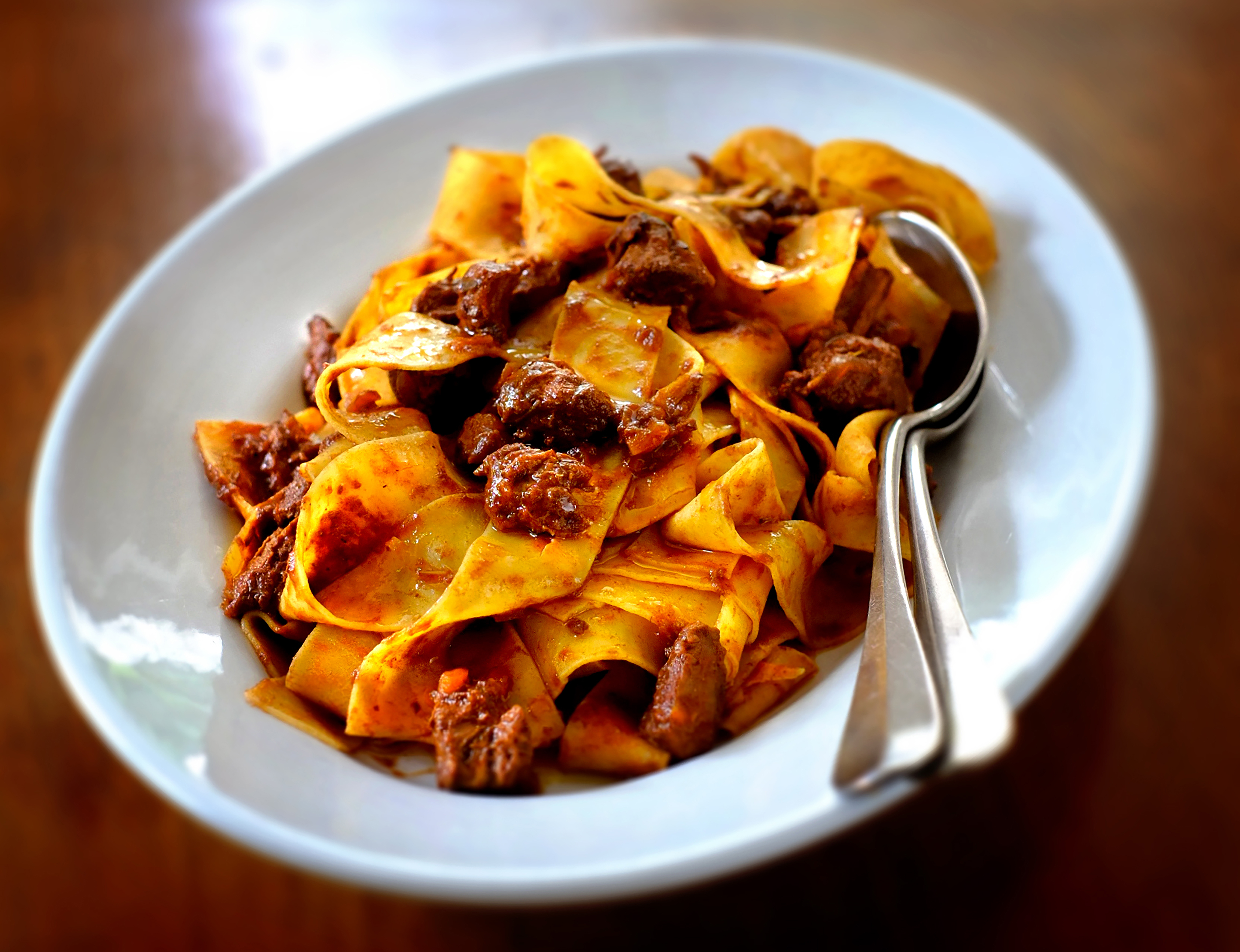
Pappardelle al cinghiale – credits Claudio del Principe
Preparation
Put the meat and all the ingredients into the wine until the red wine is over and cover it in the fridge covered for at least 12 hours.
Drain meat and vegetables, catch red wine. Chop the onion. Heat olive oil in a frying pan and fry the meat with the vegetables over medium heat for 15 minutes, without browning the vegetables. Salt, pepper.
Add the tomato paste and hot pepper and roast for a short time. Sauté the red wine from the marinade and let it evaporate briefly. Cover and simmer for 2-3 hours in a mild heat.
The meat should disintegrate on slight pressure and the sauce should be thick. If it is too reduced, stretch with water. Is it too fluid, simmer openly. Remove laurel and rosemary. Season with salt and pepper.
Boil pappardelle in plenty of boiling salted water. Add dripping wet to the ragù, mix over medium heat. Add some pasta water to keep the noodles supple and irresistibly melted.
A MANO atVERLAG



